Love it or loathe it, you have to acknowledge Windows' tremendous transformation over time. Here's a complete rundown of Windows' evolution thus far:
Windows 1.0 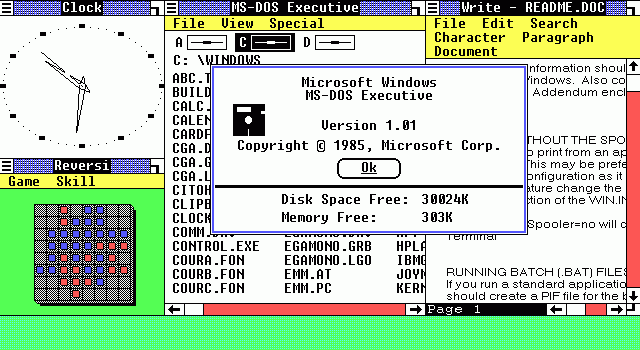
Microsoft 1.0 was released in 1985. Its graphical user interface was not so user-friendly and its overall appearance was less than stellar. This system was the first to use MS-DOS.
Windows 2.0 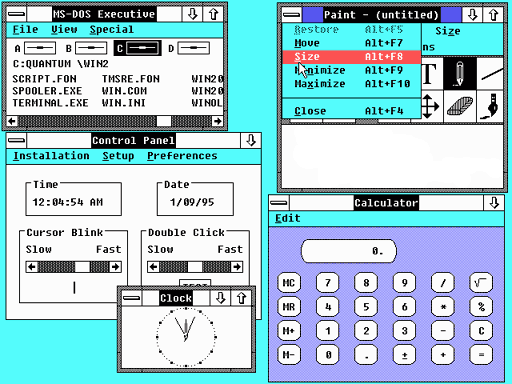
The 2.0 version hit the market in 1987. Many of its features were similar to its previous edition.
Windows 3.0 
In 1990, Windows released the 3.0 workspace offering an ameliorated system of MS-DOS apps with virtual memory. The graphical user interface was more appealing, and Microsoft began to take software and development support very seriously.
Windows NT
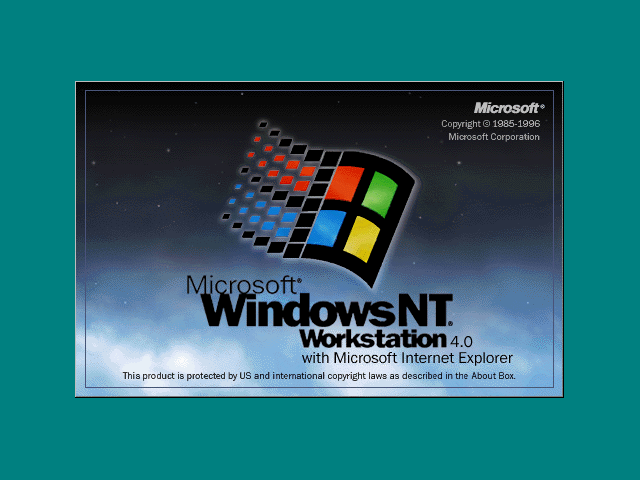
This system that was released in 1992 featured the first 32-bit version of Windows.
Windows 4.0 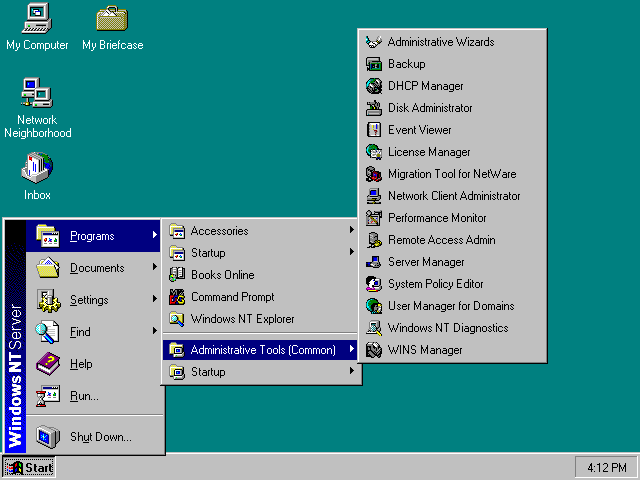
For the fourth installment of Windows in 1996, the ubiquitous start button appeared – this feature is still used today.
Windows 98 SE 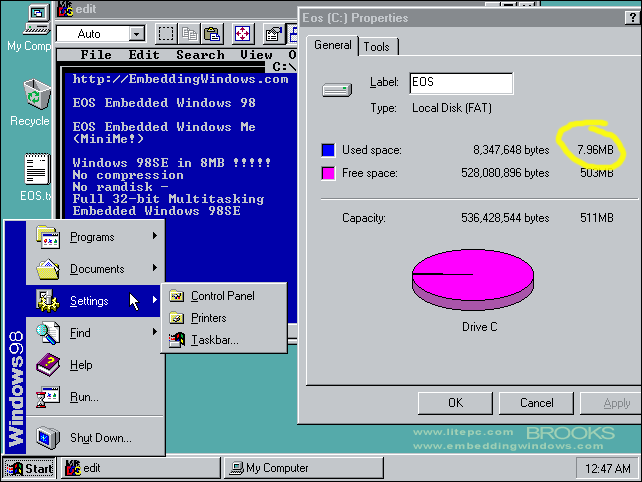
Upon its release in 1998, Windows became the go-to computer model designed exclusively for consumers. Windows 98 was the last system to contain MS-DOS.
Windows 2000 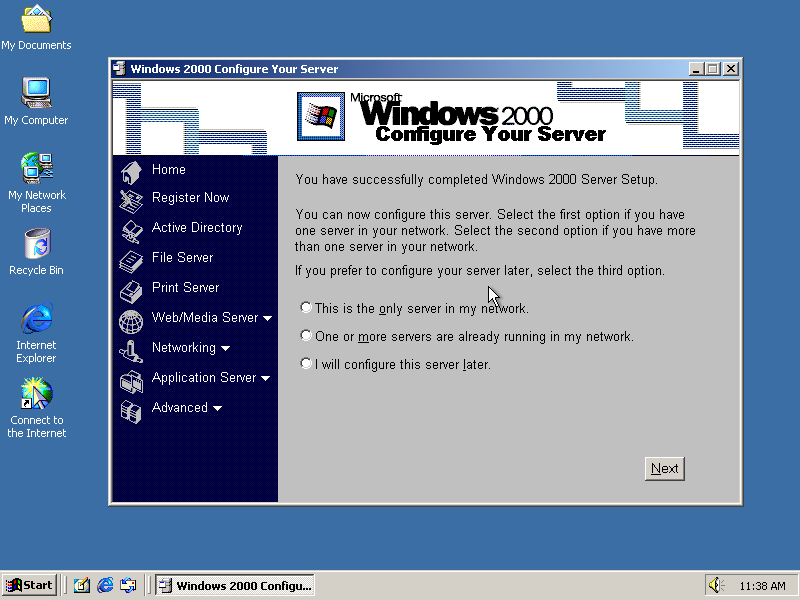
This version was simply a retitled edition of Windows N T. This system provided superior speed and fortitude, targeting the business world.
Windows ME 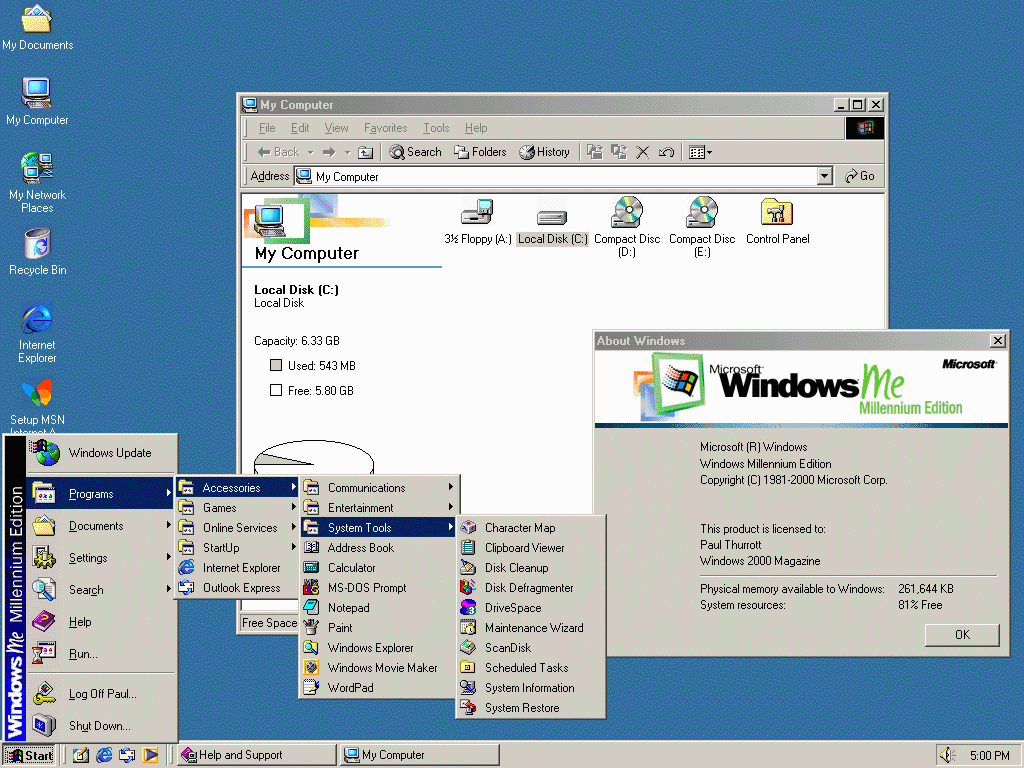
The Windows Millennium Edition (ME) came out in 2000, right before Windows XP.
Windows XP 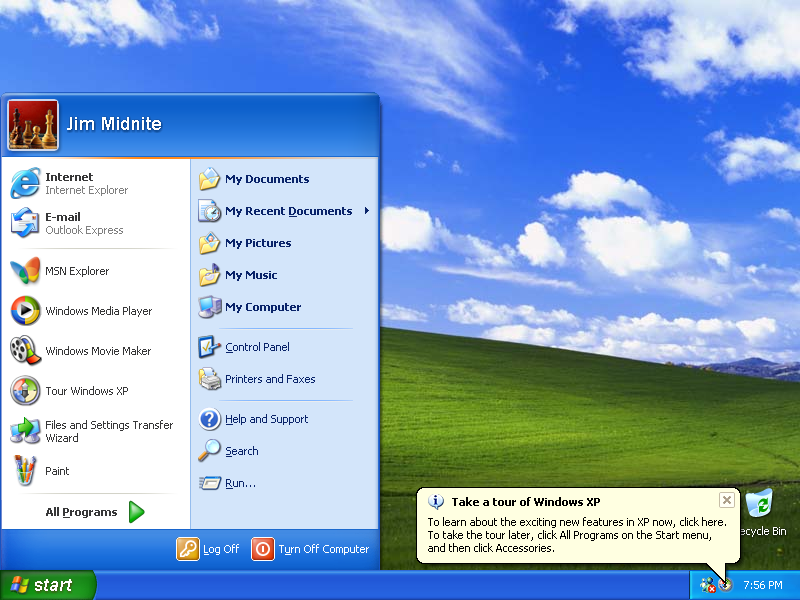
Windows revamped its appearance for 2001’s XP edition, changing the color scheme, graphics, and fonts. Here, our favorite grassy-hilled screensaver was born.
Windows Vista 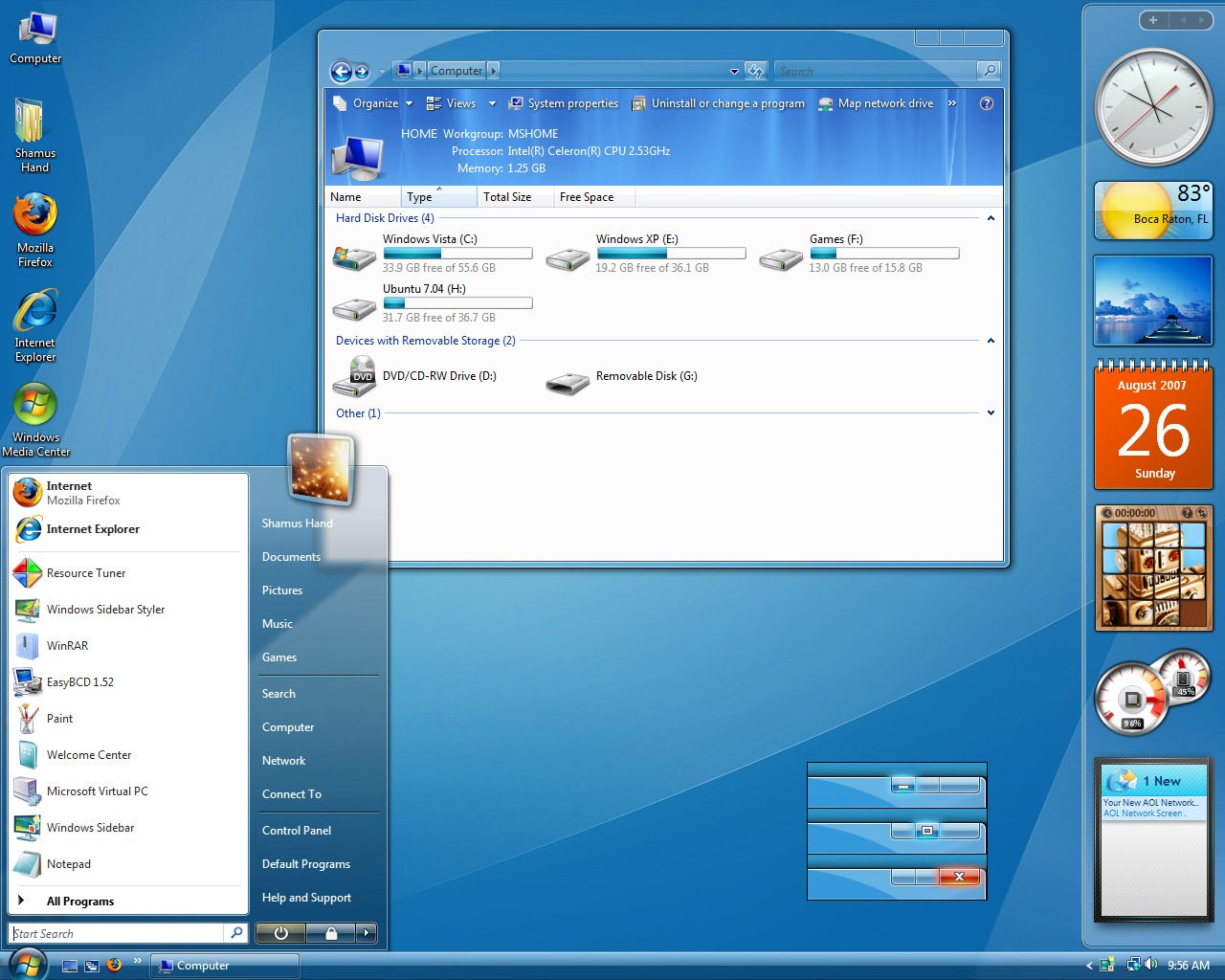
2007’s Vista contained bolstered hardware and software that was widely used by consumers and businesses.
Windows 7 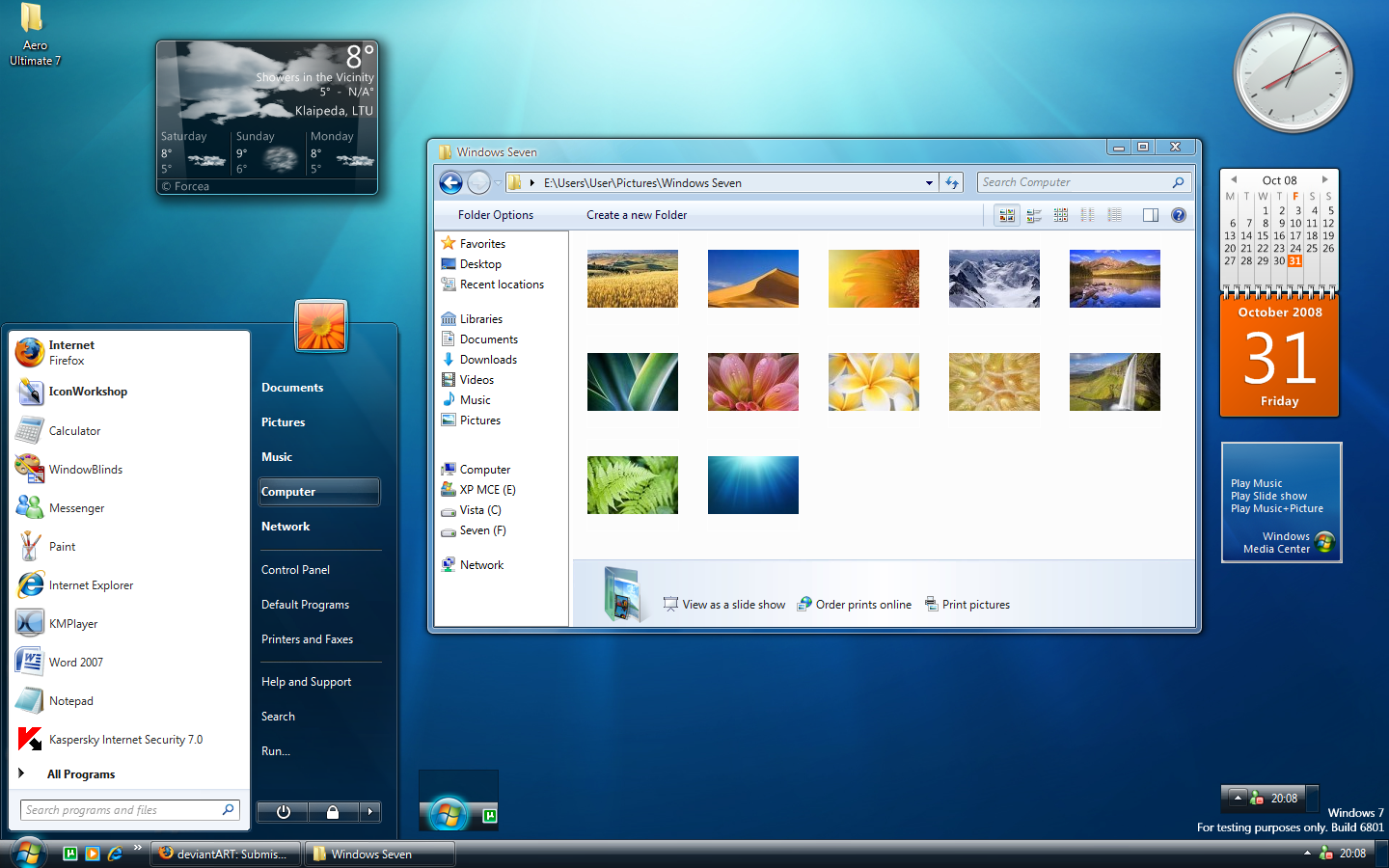
Windows 7 started getting manufactured in 2009. Its appearance was sleek and simple.
Windows 8
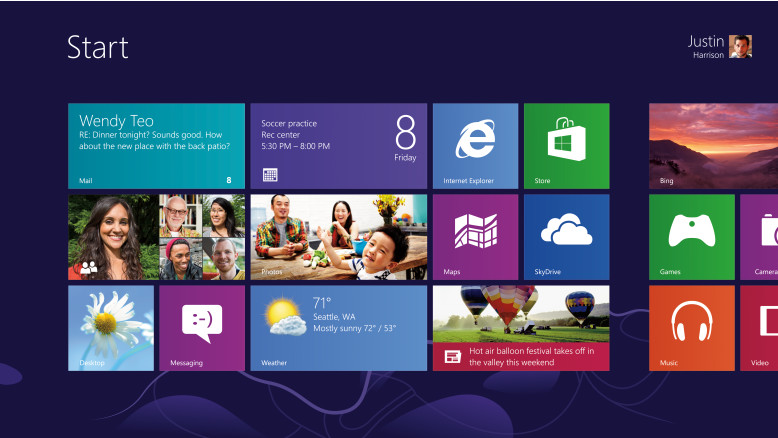
This most recent edition to the Windows family incorporated a tiled home screen that allowed users to experience a completely new graphical user interface.
Advertisement
Learn more about Electronic Products Magazine





